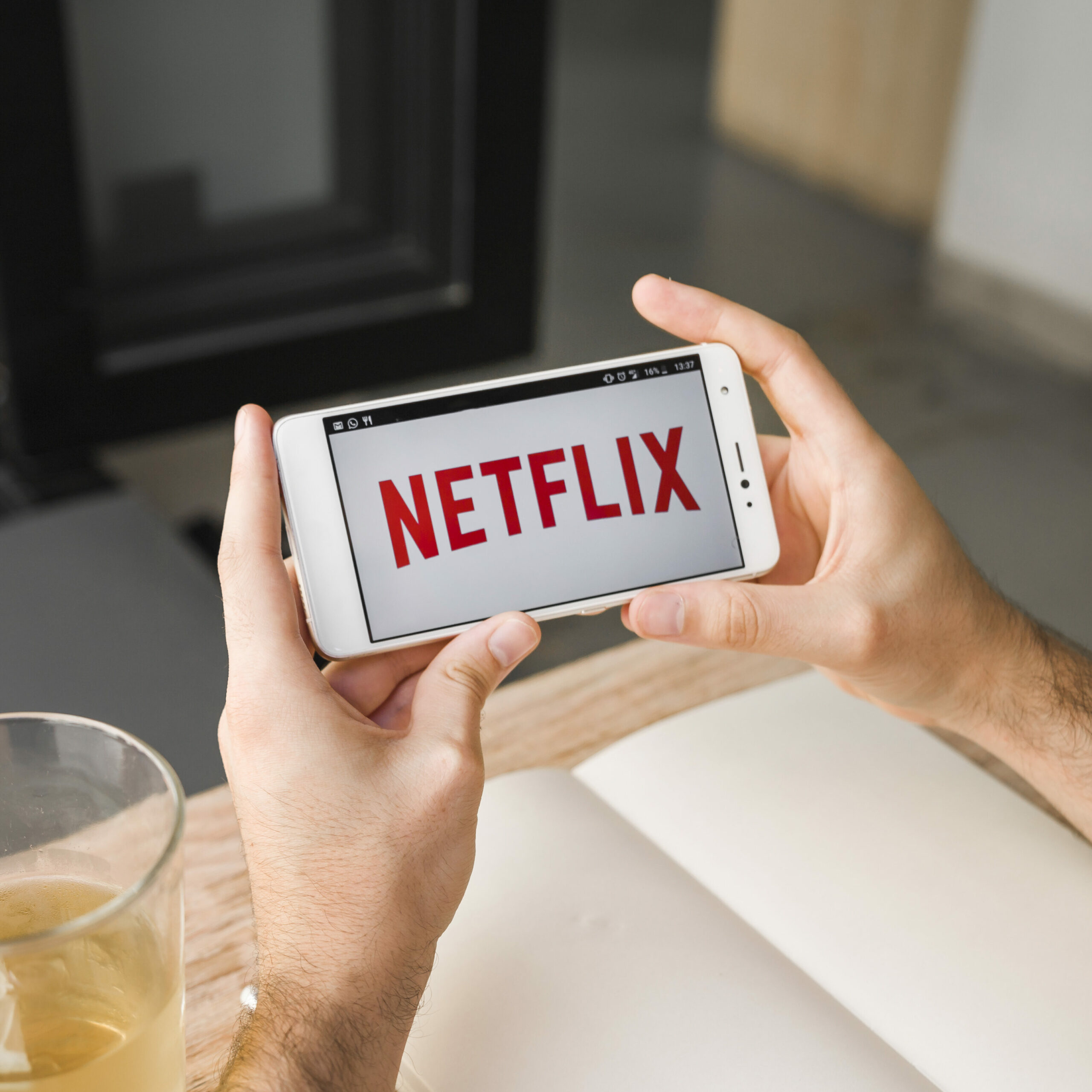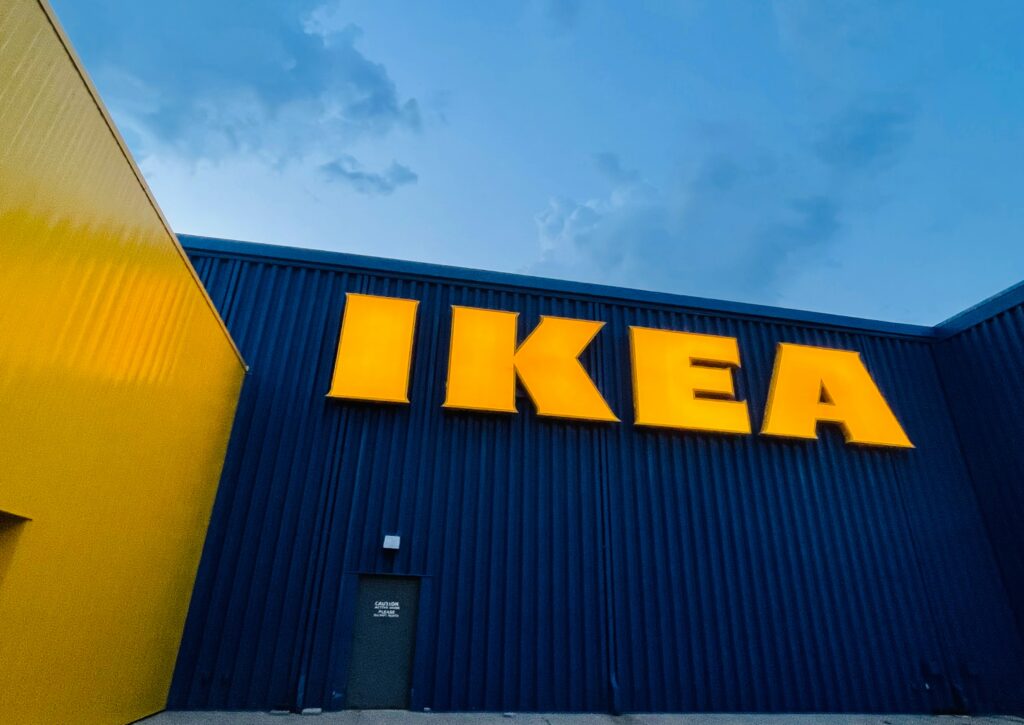Localization Campaigns: Here’s the Best

Localization is a process that involves adapting a product, service, or content to a local culture. It is essential for companies looking to expand internationally as it allows them to reach a broader audience and strengthen their brand image. The best localization campaigns are those that succeed in exceptionally adapting products, services, or content to targeted markets while respecting cultural and linguistic specificities. They enable companies to connect with their audience in an original and engaging way.
Let’s examine some of the best (or not-so-best) corporate localization campaigns. These campaigns have enabled companies to successfully expand into new markets and strengthen their leadership positions in their industries.
Netflix’s Localization

Netflix’s localization campaign is a notable success. The company has managed to adapt its content and platform to over 190 countries, respecting the cultural and linguistic specificities of each market.
Netflix’s localization has allowed the company to reach a wider audience and successfully expand into new markets worldwide. As of 2023, Netflix has over 222 million subscribers worldwide, with more than half outside the United States.
Here are some examples of Netflix’s localization:
- Netflix has adapted its content, translating it into over 30 languages, including English, French, Spanish, German, Italian, Japanese, Korean, Portuguese, Russian, Turkish, Arabic, and Chinese. The company uses a combination of machine translation and human translation to ensure accurate translation that respects language-specific nuances and expressions.
- Netflix has also adapted its user interface to different cultures. For example, in China, Netflix uses the Alipay payment system and offers content with Mandarin subtitles. In India, Netflix launched an advertising campaign featuring Bollywood stars.
The Mistake from KFC

KFC faced a translation issue in China in 2010. The company launched an advertising campaign with the slogan “Finger Lickin’ Good,” which was translated into Chinese as “Eat your finger off.” This slogan was considered offensive by some Chinese consumers, who interpreted it as an incitement to violence.
KFC urgently withdrew the slogan from its advertising campaign and apologized to Chinese consumers. The company also explained that the slogan had been mistranslated, and the intention was never to incite violence.
This translation issue highlighted the importance of localization campaign for international companies. Businesses must be careful about how their messages are translated into other languages, as a simple misunderstanding can lead to negative consequences.
To do this, it is advisable to surround oneself with people from the country where you want to establish yourself to understand the various meanings and uses of words.
McDonald’s Localization Campaign

Beef is a forbidden food in Hinduism, the most practiced religion in India. Due to this religious prohibition, beef is rarely consumed in the country.
McDonald’s, which traditionally offers beef-based products in its restaurants, the flagship being the hamburger that is the hallmark of fast food, had to adapt its menu in India to meet the needs of Indian consumers.
The company introduced a broader vegetarian range than in other countries. Among the products in this range is the Maharaja Mac, a vegetarian burger with an Indian touch.
This adaptation was a success for McDonald’s in India. The company managed to reach a new vegetarian clientele and strengthen its position in the Indian market with this localization campaign.
Airbnb’s Strategy

Airbnb is one of the most popular peer-to-peer accommodation rental platforms in recent years. The company now has over 800 million users worldwide and offers more than 6 million accommodations in 220 countries.
To meet the needs of users, Airbnb offers several services and tools such as connecting with local experts. These experts can help hosts improve their listings, better understand the local market, and provide quality customer service.
One of the most important services offered by Airbnb is the use of local photographers. Photos are an essential element of Airbnb listings as they allow travelers to visualize the accommodation before booking. Local photographers can give a more human dimension to the residences. They know the best techniques to highlight spaces and decors, taking into account the architectural specificities of the region.
IKEA’s Campaign

IKEA adapts to the dimensions of homes in different countries. A striking example of this adaptation is the size of furniture. Homes are on average larger in the United States than in Europe. As a result, Ikea offers larger and more spacious furniture in the United States. For example, beds are wider, and sofas are deeper.
In Japan, homes are on average smaller than in Europe. That’s why Ikea offers smaller and more compact furniture in Japan. For example, tables are shorter, and chairs are narrower.
Localization is a process that requires an understanding of local cultures, language, and the needs of local consumers. Companies looking to succeed in internationalization must ensure they respect the cultural and linguistic specificities of the markets they target.
Here are some tips for successful localization:
- Study the local market. Before launching your localization campaign, it is important to study the local market and understand the needs and expectations of consumers. This will allow you to adapt your campaign effectively.
- Work with local experts. It is important to work with locals who are intimately familiar with the culture and language specificities of the market you are targeting. These experts can help you adapt your campaign authentically and engagingly.
- Be flexible. It is important to be flexible and able to adapt your campaign based on the feedback you receive.
By following these tips, companies can succeed in their localization and successfully expand into new markets.
And you? How do you adapt your localization? We can help you; leave us a comment or get in touch with us directly.
One thought on “Localization Campaigns: Here’s the Best”